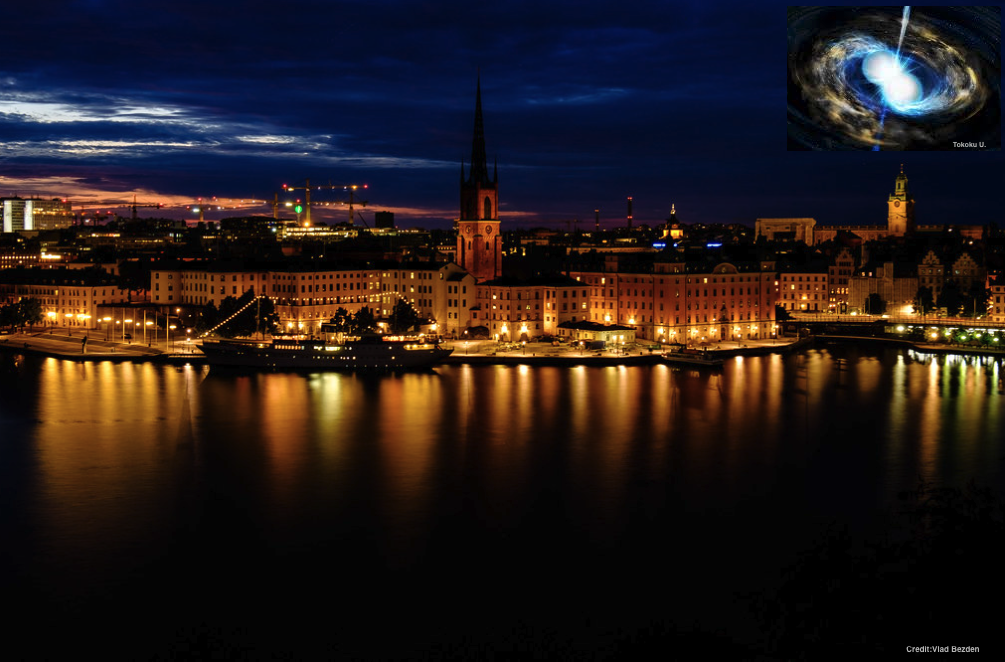We present three-dimensional radiative transfer calculations for the ejecta from a neutron star merger that include line-by-line opacities for tens of millions of bound-bound transitions, composition from an r-process nuclear network, and time-dependent thermalization of decay products from individual $\alpha$ and $\beta^-$ decay reactions. In contrast to expansion opacities and other...
The simultaneous observation of the gravitational-wave and electromagnetic-wave signals from the event provides a great opportunity to study physics in extreme conditions. The quantitative and accurate prediction of the signals is the key to maximizing the scientific returns from the observation, and dramatic progress has been achieved in the field since the first detection of a binary neutron...
The concurrent gravitational- and electromagnetic wave observations of GW170817 both proved the importance of neutron star mergers in the production of r-process elements and demonstrated the difficulties in accurately estimating the mass from EM emission. Although a growing number of potential “kilonovae” have been observed associated with short (and long) gamma-ray bursts, these events...
The electromagnetic signals from the kilonova AT2017gfo present an opportunity to study an astrophysical site of the r-process which is considered to produce about half of the elements heavier than iron. The decline of the bolometric light curve is broadly consistent with being powered by the decays of unstable nuclei expected from r-process nucleosynthesis. The light curve is sensitive to the...

